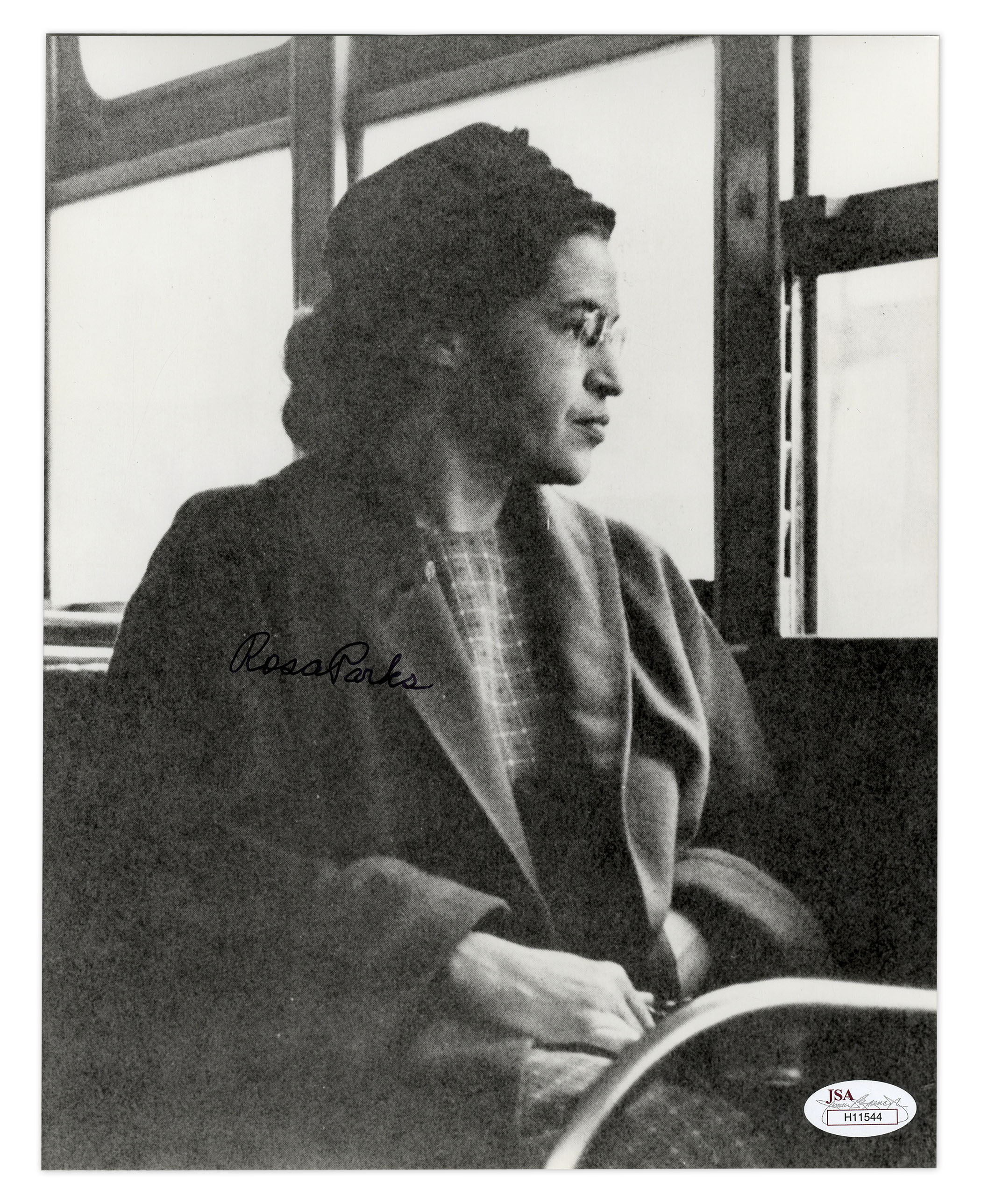

The impact was felt by the community - and the bus system. Though she was released on bail that same night, the African American community bonded together to stay off busses on December 5, 1955, the day of Parks’ trial, as a show of solidarity - and they continued to stay off busses for 381 days, which came to be known as the Montgomery Bus Boycott. That defiance landed her in jail - but also set her on a trajectory as one of the most influential civil rights activists in American history. The other three African Americans obliged, but Parks sat still. But as the bus got crowded, the driver had expanded the section for white people and asked everyone in Parks’ row to move back. Technically, Parks wasn’t sitting in the first 10 rows, which were reserved for white people. On December 1, 1955, the 42-year-old seamstress was commuting home from her job at Montgomery Fair department store on the Cleveland Avenue bus in Montgomery, Alabama, when the bus driver James Blake told her to move to the back of the bus so that a white person could take her seat. Ironically, Rosa Parks took a stand by sitting down.


 0 kommentar(er)
0 kommentar(er)
